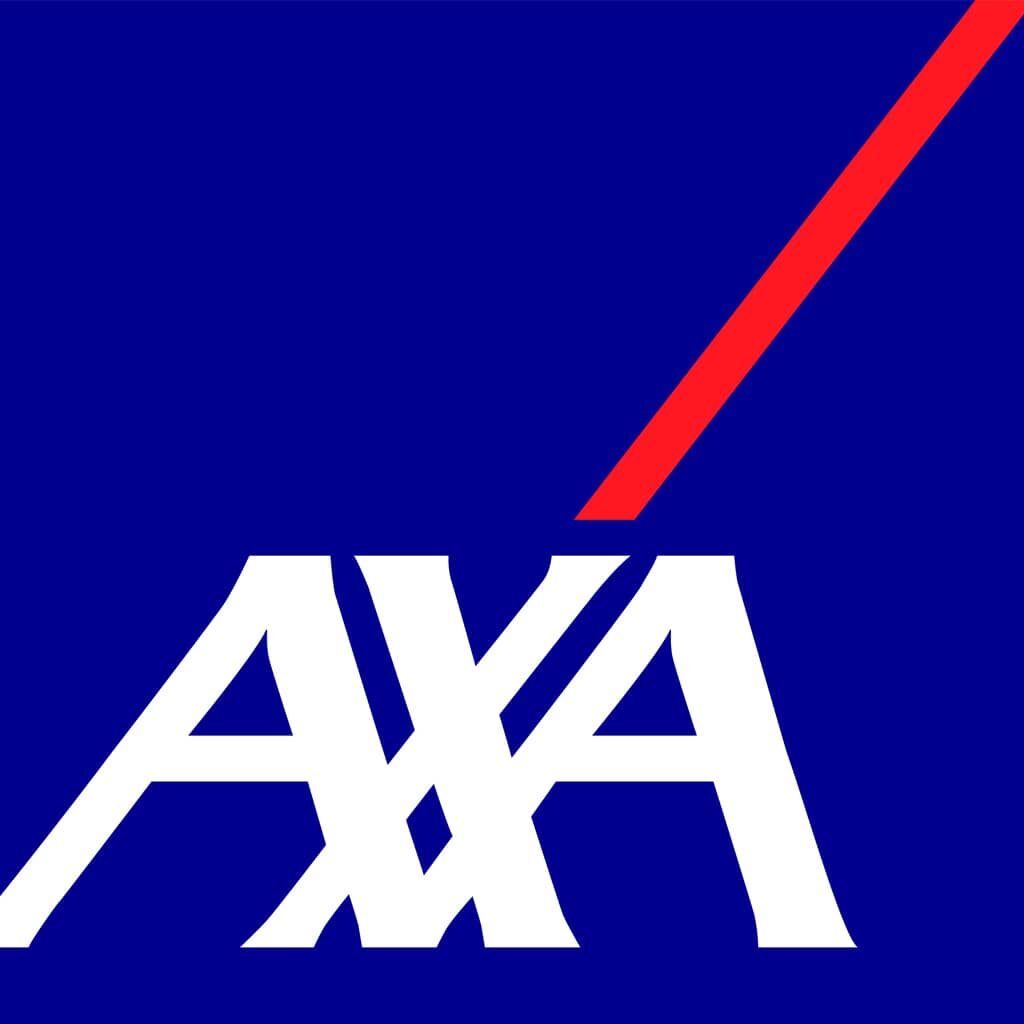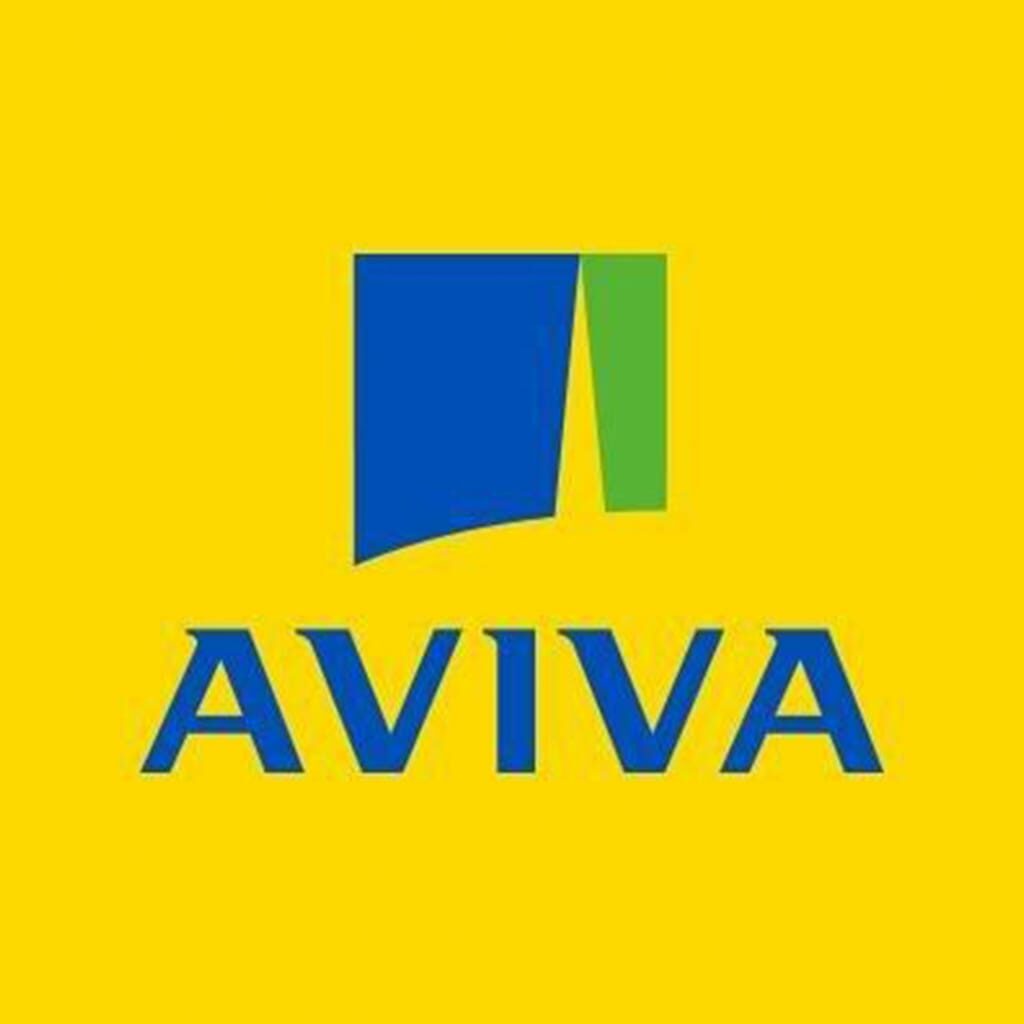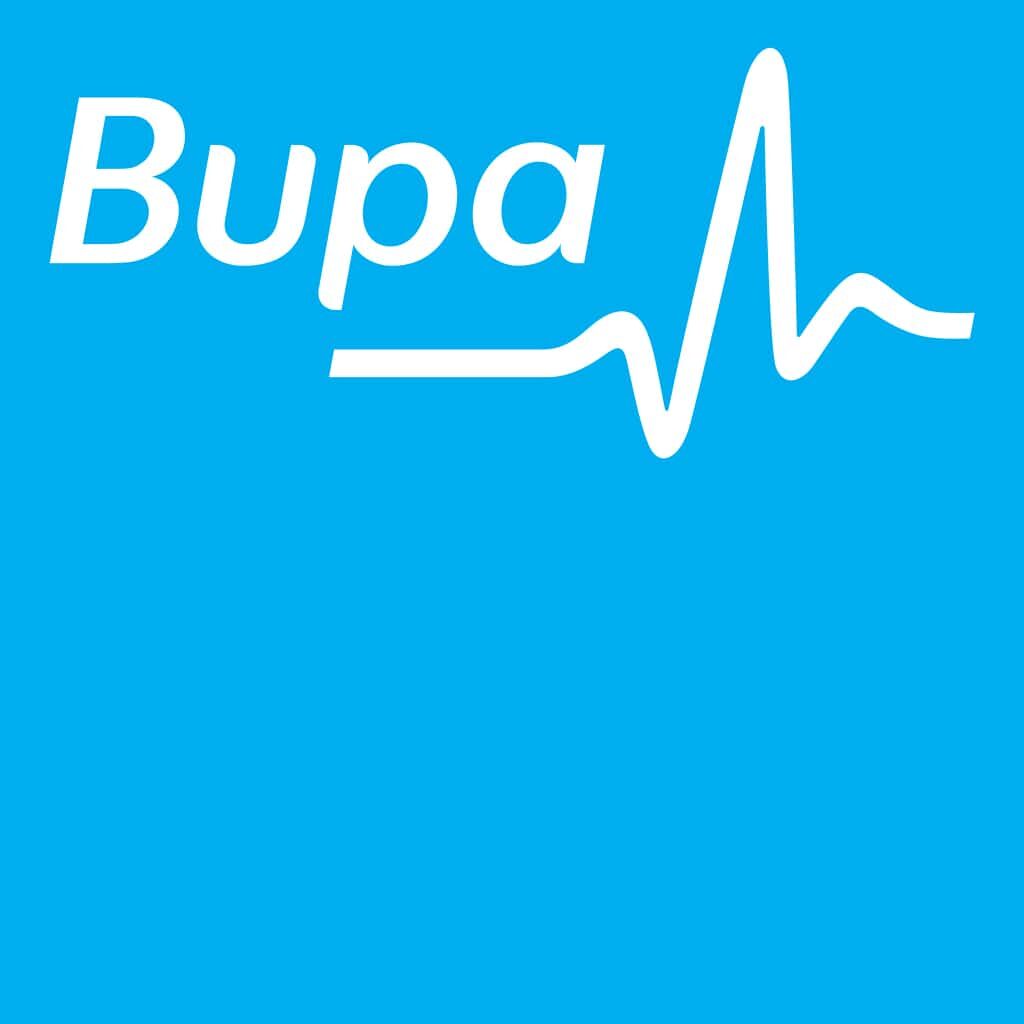Vestibular Rehabilitation
Physiotherapy
Vestibular Rehabilitation
Regain your balance and reclaim your life with Vestibular Rehabilitation at Hito Holistic Health. Vestibular rehabilitation is a specialised form of therapy designed to alleviate symptoms related to vestibular disorders, which affect the inner ear and the balance systems. All our therapists are trained in Vestibular rehab to address dizziness, vertigo, vestibular migraine, labyrinthitis, etc. using targeted exercises and specific techniques to restore your equilibrium and enhance your quality of life.
There are many signals going to the brain and contributing to maintaining the body balance and posture, however there are 3 which are the most important to recover when suffering from vestibular disorder: the one from your eyes, the one from your inner ear and the one from the neck. If one of these 3 needs are faulty or delayed then the entire balance system needs to rearrange, while recovering the faulty side and compensate with the healthy side. In that sense, the vestibular rehabilitation is mainly based on:
Treating the neck, to improve its mobility and flexibility and restore the cervical alignment.
Stimulate the balance through a specific and progressive balance training.
Stimulate the gaze through specific gaze stability exercises to improve the eyes/head/neck coordination.
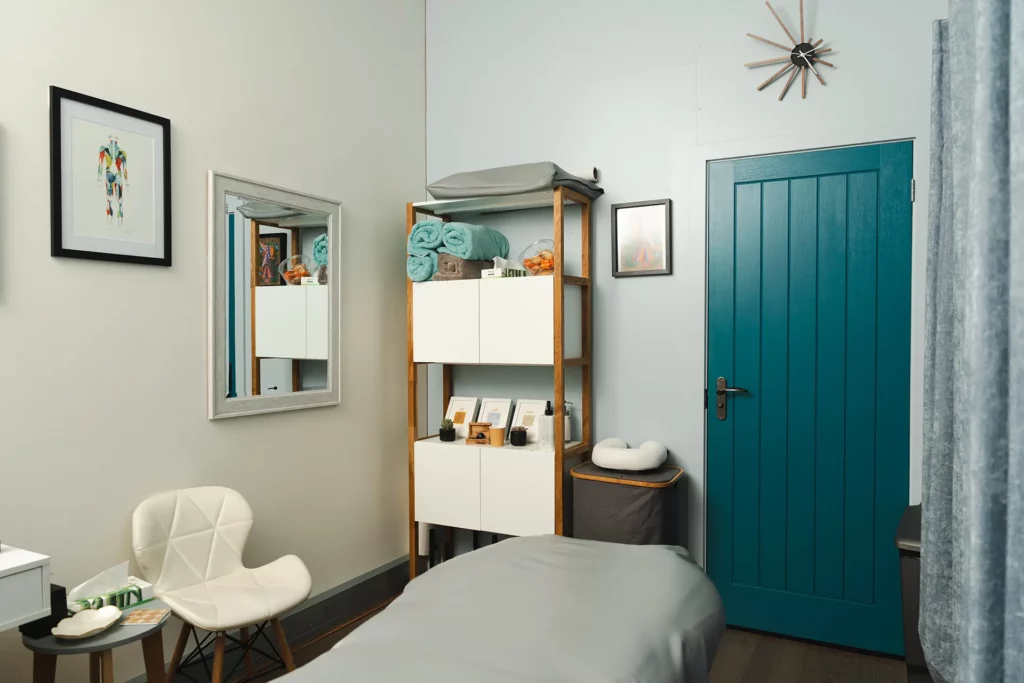
So, usually, the therapist after an accurate assessment, will prescribe the necessary exercise plan while treating the neck session by session until full recovery.
Although vestibular conditions can be very debilitating and impacting the normal lifestyle, it is important for the patient wellbeing and expectation to fully understand that:
- A full recovery usually takes 6 months on average with just 1-3 months as the best option and up to 1 year or more in the most complex scenarios.
- In most cases the improvements are evident from the first treatment and documentable by the therapist session by session, however the progress is never linear, there is the possibility of a few ups and downs or relapses and in general clients are perceiving a certain stability only after a few sessions.
- Often our patients tend to have emotional breakdowns and some kind of demotivation or low mood swings in between sessions because despite the therapist is seeing a progress the patients focus on the impacts on the day-to-day life, however it is very important to don’t give up and continuing with daily, even small, steps and overall be reassured that all our clients improve with the mentioned time frame.
- Often a vestibular condition can evolve into another and, overall, they can generate some sort of vestibular anxiety where the patient becomes scared to go back to normal life because worried about another episode.
- Today, it is very well documented how vestibular conditions can be a level 3 stress reaction. Level one appears as muscle tightness or as classic fight or flight response. Level two corresponds to digestive symptoms such gastric reflux, constipation, IBS/IBD, infertility. Level three can manifest as blackouts, fainting, catatonic status, dizziness or vertigo. Even if there are tests showing a faulty signal going to the brain, some hearing loss or inner ear damage, statistically, most of our clients are exposed to a huge amount of stress due to family situations (divorce, break ups, etc.), emotional traumas (family expectations, demanding boss, death of a loved one, abuses, etc), high demanding job with a large amount of working hours, lots of self-imposed life goals (promotion, marathon, competitions, start ups, etc.), many recurrent international travels with related jet lag, lack of sleep and mental rest, a working station made of high brightness multiple screens, a continuous flow of visual and mind draining stimulation (screen time before bed, continuous notifications, tight schedule, busy to-do list, etc.).
Considering the last point above, usually the therapist integrates the therapeutic plan with life adjustment advice, a working station settling and mindfulness strategies, such diaphragmatic breathing, meditations, journaling or suggesting further exploration of other therapies such mental health support, counselling, breathwork (link to a specific page) and coaching (link to a specific page).
In the case the patient is suffering from a VPPB, which is a vestibular condition due to some crystals which detached and moved into the semicircular canals in the inner ear, the therapy is mostly based on specific manoeuvres (Epley, Semont, Foster, Brnad-Daroff), performed by the ENT specialist or the therapist, in between the neck treatments. Usually, the weekly repetition of the appropriate manoeuvre, can lead to a complete recovery in just a few weeks.
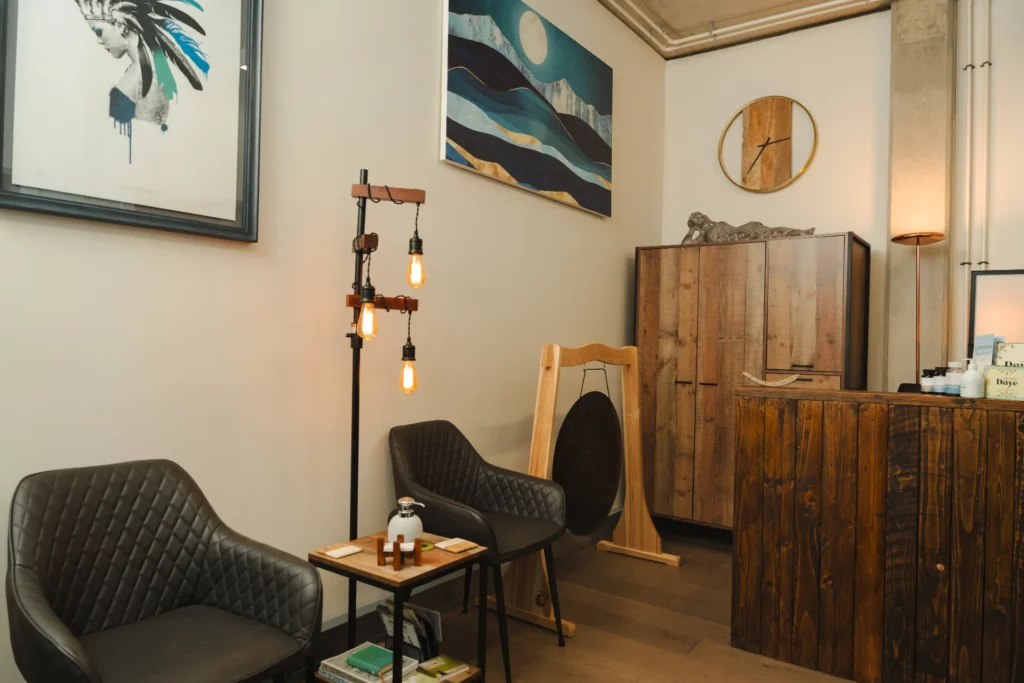
Vestibular Rehabilitation
Pricing
- Vestibular Physiotherapy (Clinic Director) from £135
- Vestibular Physiotherapy (Team) from £125
Available Packages after the initial consultation
- Mini Package 10% off
- Buy 5 Get 6 15% off
Insurance
